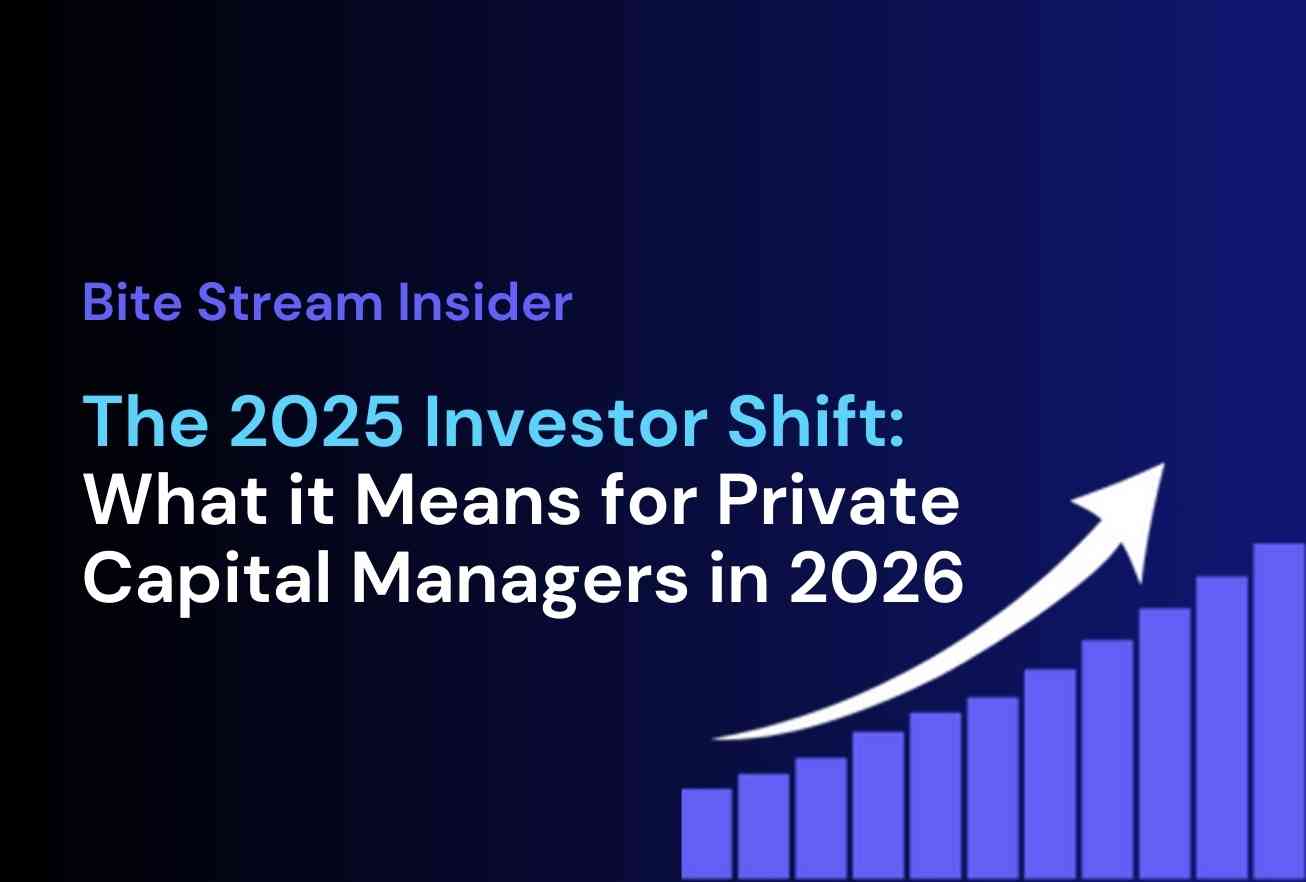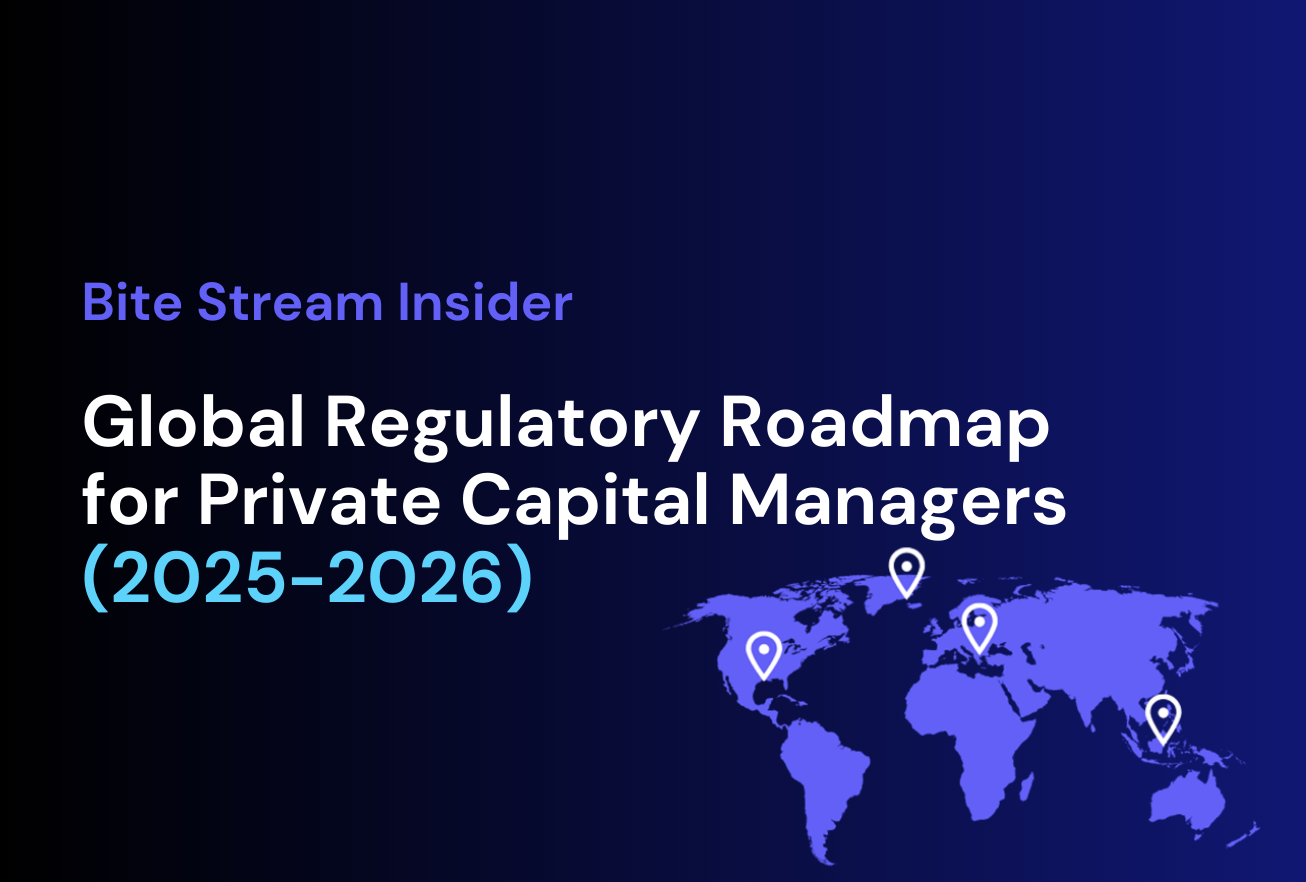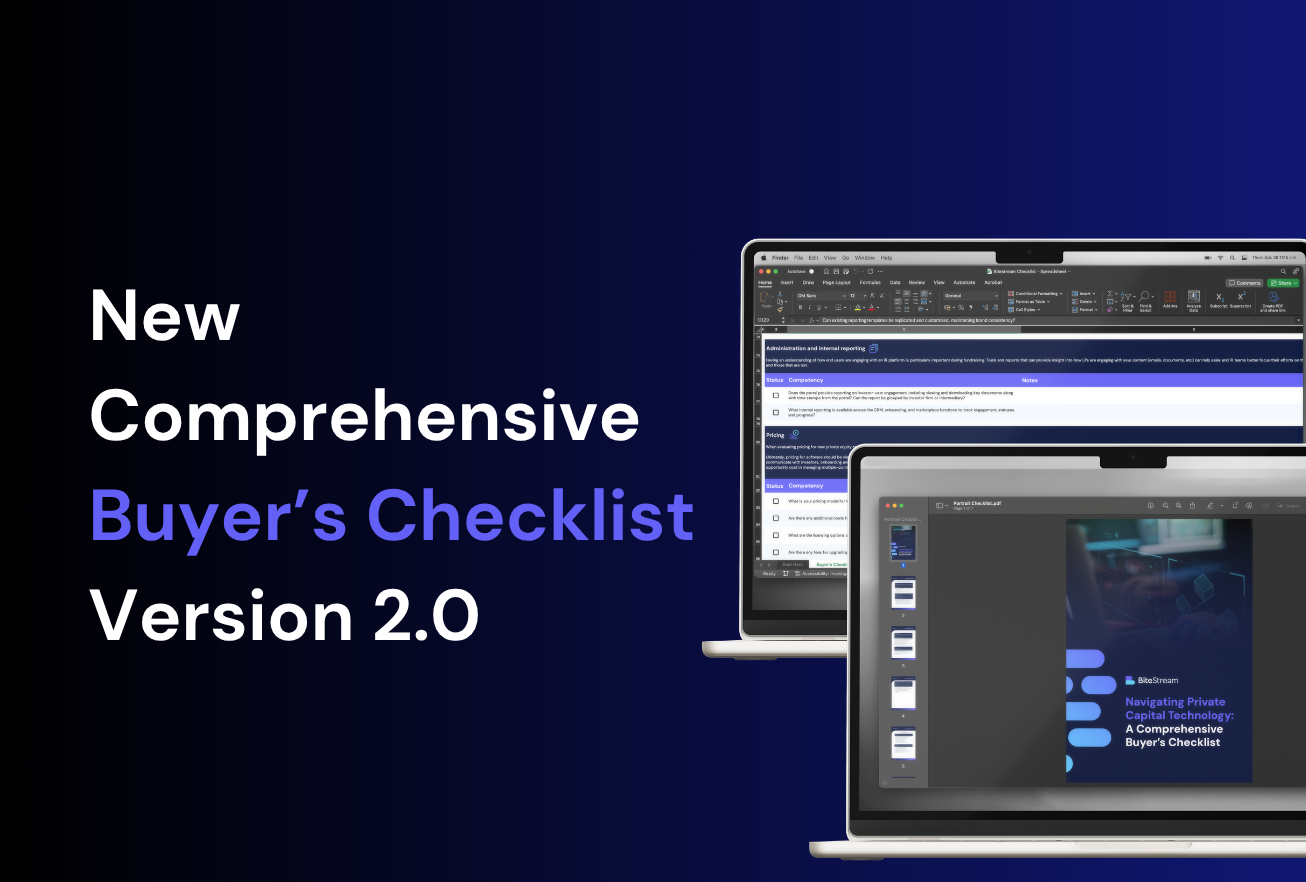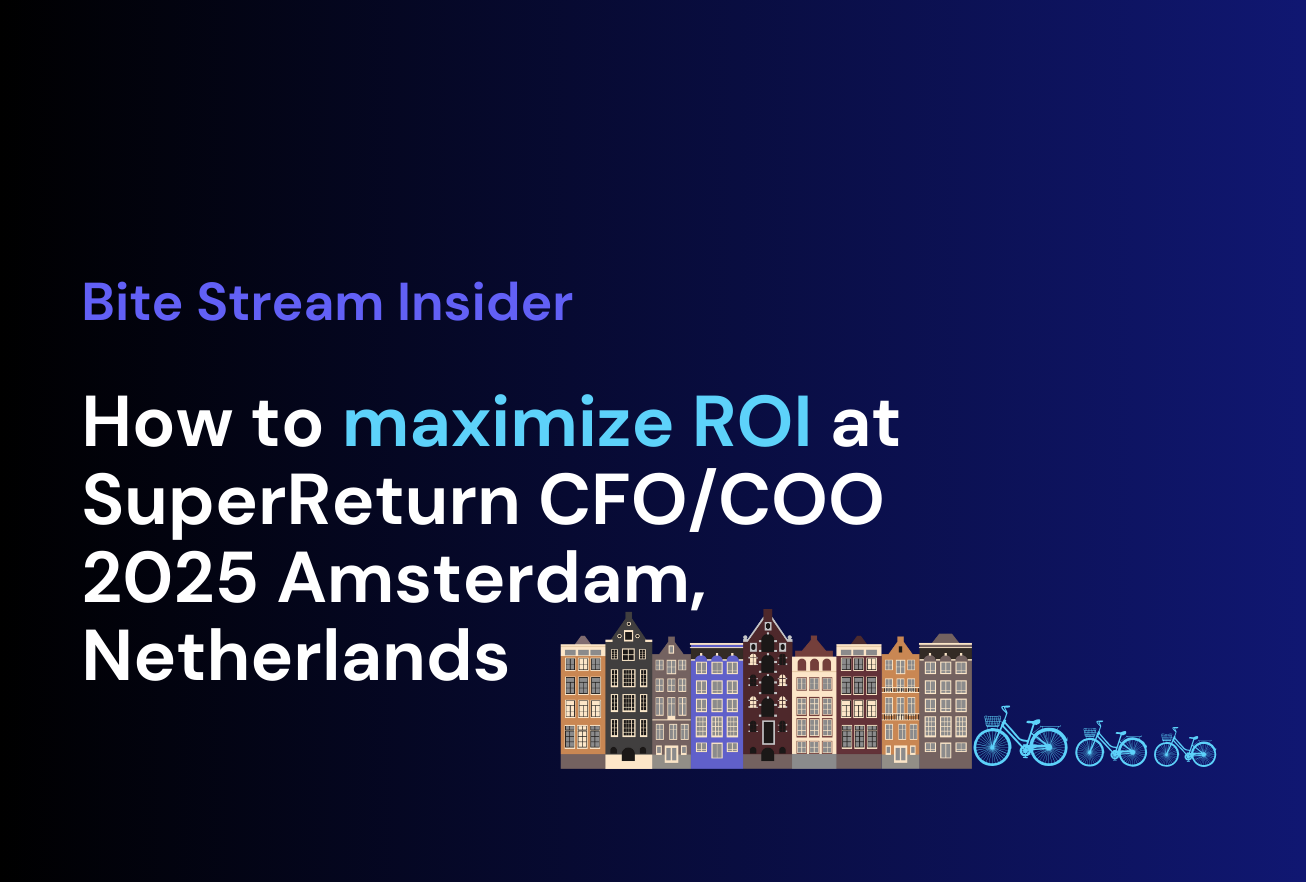A ‘Bite’ of Private Markets – delivering Facts, Insights & Strategies
Dispelling the Misconceptions about Digital Investment Tools
Henry Reynolds
Chief Operating Officer
Overview
Fintech has roots going back as far as 1865 with the first application of the pantelegraph, operated between Paris and Lyon, France, to verify signatures in banking transactions. Other impressive applications of technology in financial and investment services followed over the years and today we find everything from disruptive technologies such as cryptocurrencies to invented technologies such as mobile.
While fintech is clearly mainstream today, there remains a level of resistance coming from the wealth and asset management sector. The reality is that change can be disruptive and the option of doing nothing can seem fairy attractive, but the opportunity cost may be holding one back or at least allowing competitors to steal an opportunity. The reasons for hesitancy should be weighed against the benefits. What may be driving some of the greater interest in fintech by wealth managers is their goal to capture as clients, the Millennials; digital natives who place a high value on high technology and a group who is positioned to be the recipients of the “Great Wealth Transfer.” It is estimated that within the next 25 years, the “Great Wealth Transfer” will occur wherein as high as $68 trillion will go from the Baby Boomer generation to their heirs1.
This said, tech platforms should help support wealth managers in what they provide and capitalise on the opportunities to build relationships with your next generation of clients who have a far larger percentage of their personal lives being tech enabled. A closer look at the prevailing misconceptions, what it takes for wealth managers to successfully leverage a fintech platform, and the benefits that can be derived can help provide much needed clarity.
Behind the Numbers
– KPMG’s Pulse of Fintech reported that in 2020, total global investment in fintechs reached $105.3 billion with 2,861 deals2.
– The adoption of fintech around the world is increasing. According to EY’s Global FinTech Adoption Index 2019, adoption rates have increased rapidly from 2015 to 2019: 14% to 71% in the United Kingdom, 29% to 67% in Hong Kong, 15% to 67% in Singapore, and 17% to 46% in the United States.
– The highest rates of consumer adoption of fintech from 2015 to 2019 occurred in the money transfer and payments category, going from 18% to 75%, followed by the savings and investments category, which went from 17% to 48%3.
– A Roubini ThoughtLab survey conveyed that, over the next five years, 53% of Millennials and 23% of Boomers plan to use a fintech and 59% of Millennials and 46% of Boomers plan to use an alternative investment firm. The same survey found that by 2022, 68% of asset management firms plan to be digitally maturing or digital leaders4.
– Preqin research shows that PE managers investing significantly in technology outperformed in six of the nine vintage years from 2008 to 2016 (+2.5% net IRR on average across all nine years)5.
Market Challenges
The transition to digitalisation in wealth management is already underway, working in tandem with the goal to create an interconnected global marketplace for wealth and asset management offerings. Doing so will not be without its challenges. Disruptive digital technologies are already here, especially evident in the private equity industry which had not seen a new business model since its inception in the 1970s.
On the big picture side, an interconnected global marketplace will introduce greater and more complex risks related to data privacy, cybersecurity, and economic uncertainty. Competition will also become fiercer. Perhaps most challenging will be the heightened regulations firms will have to meet related to the greater risks introduced by global interconnectivity.
Growing investor expectations too can be challenging. In addition to product simplicity and transparency, 24/7 access, and cybersecurity, HNW investors expect to have access to alternative investment opportunities, as well as investment products across asset classes and geographies.
The perceptions of wealth managers are also clear obstacles to digitalisation. The Roubini ThoughtLab Wealth and Asset Management 2022: The Path to Digital Leadership survey found that blocking wealth managers’ digital transformation are hurdles such as: budget constraints (43%), unproven ROI (39%), data security concerns (37%), an unpredictable market (34%), and a low sense of urgency (33%), among other obstacles. To overcome these challenges, they need to gain greater confidence in how best to introduce a fintech platform into a wealth management practice, what criteria to seek when selecting a platform, and how to gain the maximum benefit and ROI.
It starts with asking the right questions: Do you have the right skill set for what you are trying to achieve? Does it span the right digital channels including new ones? Is your tech team client-centric? You may not have the right skills set in comparison to a tech provider who can, by proxy, showcase what the wider market is seeking. <spancalibri”,sans-serif; mso-fareast-font-family:calibri;mso-fareast-theme-font:minor-latin;mso-ansi-language:=”” en-gb;mso-fareast-language:en-us;mso-bidi-language:ar-sa’=””>Exploring the market to determine what is currently available will help facilitate an informed decision to purchase a solution or do it in-house.</spancalibri”,sans-serif;>
If it is determined that an external fintech platform is the best option, it is important that these key criteria be met:
– User/investor experience – Users represent many different stakeholders and therefore it is important that the technology meet their needs.
– Ease of use – Introducing new technology can be disruptive to established work practices. Change management will always be an issue, the more intuitive and clearly articulated the technology’s benefits are, the faster the adoption – both internally and externally.
– Scalability and flexibility – This will enable a wealth manager to gain and retain a competitive edge, especially important with the growing influx of nontraditional players.
– Pull vs. push – <spancalibri”,sans-serif; mso-fareast-font-family:calibri;mso-fareast-theme-font:minor-latin;mso-ansi-language:=”” en-gb;mso-fareast-language:en-us;mso-bidi-language:ar-sa’=””>If it is clearly beneficial to users, user adoption rates will increase and so standard practice will standardise, allowing for a faster and cleaner roll-out</spancalibri”,sans-serif;>. Aligning stakeholders is crucial; users should be excited and not fearful with using the technology.
– Proven track record – Sand box, MVPs or trials will remove a lot of the unknowns. Additional functionality can always be added once a platform has proven its value.
– Secure CIO/CTOs buy-in early – CIO/CTOs bring a wealth of experience and can help ensure that the right questions are asked, allowing for a smooth vendor assessment and procurement cycle. Their early involvement also will help ensure the technology is future proofed given the speed of development.
Market Opportunities
For wealth managers looking to advance their online operations to compete better, capture broader markets, and access broader investment opportunities for their clients, knowing what to look for in a fintech platform is essential. Any platform selected should offer wealth managers a seamless, end-to-end experience. It should facilitate a step-by-step process which leads advisors through every essential requirement, from know-your-client (KYC), investor suitability, money laundering and due diligences, to marketing, portfolio monitoring and reporting. It should alleviate regulatory burdens by providing all necessary documents and, through its robust risk framework, pave the way for the right investment selections to be made easily and efficiently.
Digital platforms should look to reduce mistakes, eliminate superfluous administrative tasks, and allow wealth mangers to stay on top of their clients’ data. As for their clients, client consumption is most effective when done on their terms at their convenience. Ensuring they can digest material in their own time and via their preferred channel promotes increased client satisfaction. Ensuring that clients see the correct documents and allowing wealth mangers to control who see which documents and having a record can help advisors stay compliant, as well gain huge insight into their client base. The optimum platforms also enhance situational awareness by delivering real-time reporting, from compliance to product analyst and account management. They allow users of technology to identify issues and act in shorter timeframes. Technology can rapidly increase the pulse of an organisation.
Taking the long view, wealth managers who embrace digitalisation (i.e., digital transformation), forming alliances and collaborations with existing fintech platforms, can expect to achieve important objectives: better meet their clients’ expectations, capture the next generation of HNW investors, strengthen their portfolio diversification and distribution capabilities, and streamline their regulatory compliance processes. They will become more agile in an ever-changing marketplace and gain lower-cost back-office functionality. Ultimately, they will become more resilient and competitive.
Leveraging Alternative Investments
All indications point to private equity as a growing opportunity for HNW investors. By 2024, global private equity assets under management (AUM) are projected to reach $6.4tr9. Demand for private alternatives have been especially strong.
Blackrock data shows private alternatives have increased from $2.5tr. to $8tr since 2007, more than tripling10. Wealth managers, who are able to embrace digital technology and gain quicker access to these investments for their HNW clients, will be the advisors that experience growth and longevity. A GlobalData study found that two thirds of wealth managers serving HNW investors recognise that building trust to engage their clients’ investments in alternatives will be critical12. An advanced digital platform which gives them access to these alternative investment opportunities and simplifies the investment process will be key contributing success factors.
Risk warning: Investment is restricted to professional, high net worth and sophisticated investors who can demonstrate that they have sufficient knowledge and experience to understand the risks of investing. Risks include the potential loss of capital and limited liquidity. Investments are long term and it may not be possible to sell your investment prior to maturity. Past returns are not a reliable indicator of future performance.
Disclaimer: All Rights Reserved. No part of this publication may be reproduced, stored in a retrieval system or transmitted in any form by any means, electronic, mechanical, photocopying, recording or otherwise, without the prior permission of the publisher, Bite Investments. The facts of this fact sheet are believed to be correct at the time of publication but cannot be guaranteed. Please note that the findings, conclusions and recommendations that Bite Investments delivers are based on information gathered in good faith from both primary and secondary sources, whose accuracy we are not always in a position to guarantee. As such, Bite Investments, can accept no liability whatsoever for actions taken based on any information that may subsequently prove to be incorrect. This document has been prepared purely for information purposes, and nothing in this report should be construed as an offer, or the solicitation of an offer, to buy or sell any security, product, service or investment.
1: Cerulli Associates ”U.S. High-Net-Worth and Ultra-High-Net-Worth Markets 2018: Shifting Demographics of Private Wealth”, 2019 (accessed April 2021).
2: KPMG “Pulse of Fintech H2 2020”, 2020 (accessed April 2021).
3: EY “Global FinTech Adoption Index 2019”, 2019 (accessed April 2021).
4: Roubini ThoughtLab “Wealth and Asset Management 2022: The Path to Digital Leadership”, 2017 (accessed April 2021).
5: Preqin “2021 Preqin Global Private Equity & Venture Capital Report”, 2021 (accessed April 2021).
6: KPMG “Pulse of Fintech H2 2020”, Global Analysis of Investment in Fintech (data provided by PitchBook), *as of 31 December 2020 (accessed April 2021)
7: EY “Global FinTech Adoption Index 2019”, 2019 (accessed April 2021).
8: Bite Investments “Private Equity: A Growing Opportunity for HNW Investors”, 2021 (accessed April 2021).
9: Roubini ThoughtLab “Wealth and Asset Management 2022: The Path to Digital Leadership”, 2017 (accessed April 2021)
10: Bite Investments “Private Equity: A Growing Opportunity for HNW Investors”, 2021 (accessed April 2021).
11: Blackrock “Alternatives are essential”, 2020 (accessed April 2021).
12: Bite Investments “Private Equity: A Growing Opportunity for HNW Investors”, 2021 (accessed April 2021).
Bite fact sheet Dispelling the Misconceptions about Digital Investment Tools




